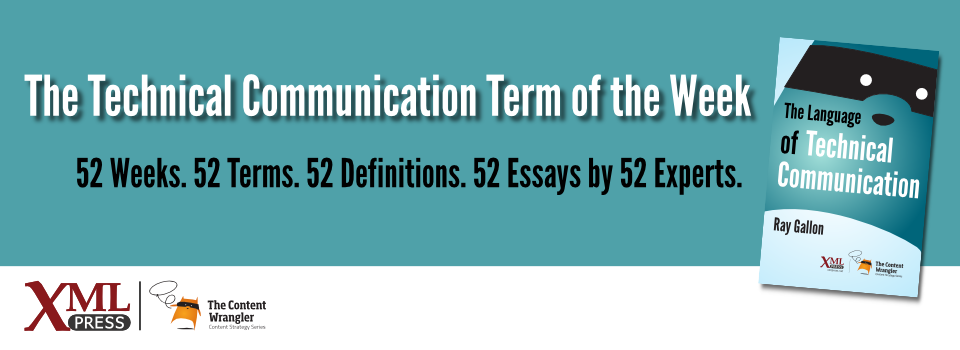What is it?
The assembly of content after receiving a request, so the system can filter or merge different sources, process the results, and return content that is relevant to you at the moment you make the request.
Why is it important?
Given cloud and virtual technology, software systems are increasingly dynamic. The reader is also increasingly dynamic, whether using different devices or filling different roles. Static delivery simply can’t keep pace. Dynamic delivery captures the current states of system and reader and returns content that is specific and meaningful.
